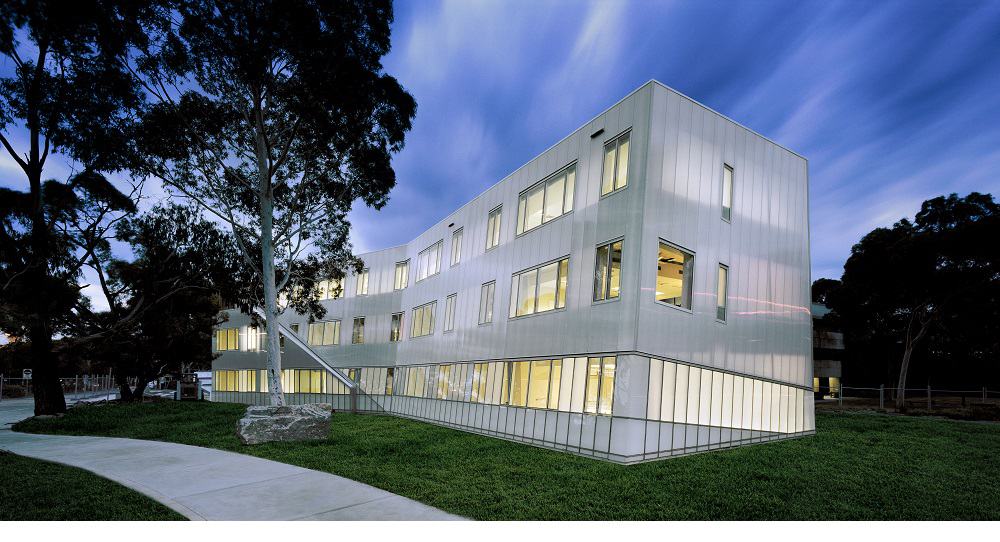
Fighting the Harmful Effects of Weather with Translucent Facades
Take a look around at the buildings in your city or town. Notice anything? You probably can’t detect the slow, steady damage that weather is causing to the buildings that we see every day. There’s no way to shield a building from the effects of the sun, the rain, or the wind. Buildings are located outside; that means that they have to expect to take the punishment that weather dishes out. But that doesn’t mean that nature has the upper hand. Translucent facades are the expert way to answer the challenge that nature poses and deliver a building product that endures. Not only that, but translucent facades know how to make the most of the daylight, bringing the best of the day into the building while shielding those inside from its negative effects.
How do Translucent Facades Protect Buildings from Nature
 A translucent façade creates a seal so that water and air can’t penetrate. The façade’s durability makes it strong enough to withstand the punishing impact of hail and anything else that nature sends its way. Its flexibility with regard to the changing temperature of a building allow the translucent façade to expand in the heat and contract in the cold.
A translucent façade creates a seal so that water and air can’t penetrate. The façade’s durability makes it strong enough to withstand the punishing impact of hail and anything else that nature sends its way. Its flexibility with regard to the changing temperature of a building allow the translucent façade to expand in the heat and contract in the cold.
Building Daylight into the Translucent Façade
Now that we’ve told you how translucent facades protect a building from the harmful effects of nature, let us explain to you how our product can actually work with and enhance the natural environment. The benefits of sunlight are familiar to all of us. Not only does capitalizing on the natural light ease energy costs in buildings, but there’s a more personal benefit as well. Incorporating light into public buildings helps to create a positive atmosphere on the people within as they work, conduct their business, and interact with one another. A translucent façade uses daylight as one of its core building materials.
Why Translucent Facades are Better than Glass
Glass windows, although they allow daylight to enter, also let in the glare. Depending on the time of the day, often at daybreak or at dusk, the lower angles of the sun’s rays can be piercing in rooms where the windows face east or west.
That’s why large glass windows on one side of a room aren’t the solution. Flooding the space with uncontrolled bright light increases the level of heat in the room as well. Glass windows need blinds, shades, or curtains in order to minimize the adverse effects of the light; the result is often a room that’s much darker than it needs to be in order to reduce the penetrating glare from outside. There’s a cost factor to this as well, especially in warmer climates where the reduction in energy expense is cancelled by the air conditioning that’s needed to compensate for the excessive solar gain. Ironically, even in the winter, glass fails to offer satisfaction in energy efficiency, because the heat that comes in from outside during the day also escapes during the night.
If you’re looking for a building product that’s efficient, economical, and pleasing to the eye, consider translucent facades and bring in the daylight.

